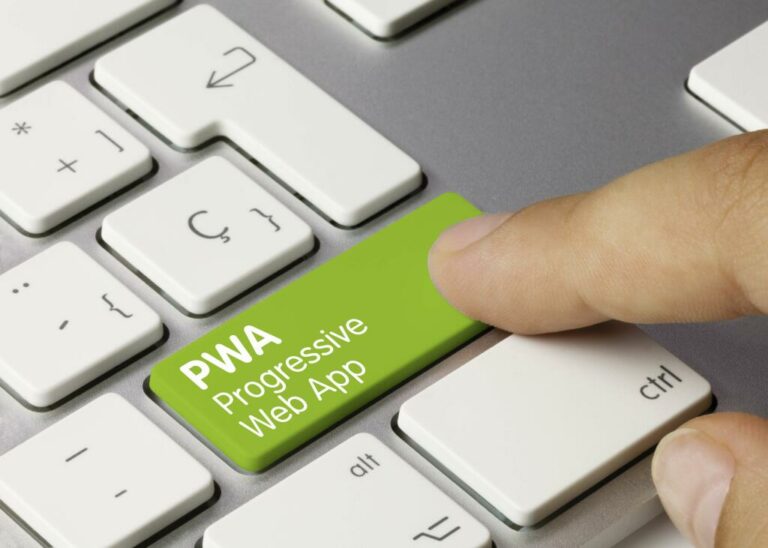PaaS, here vendor provides platform to user where an user gets all required things for their work like OS, Database, Execution Environment along with IaaS provided environment. Most of the popularity around these services owe to the reputation of the company and the amount of investments being made by these companies around the cloud space. AWS is a complete suite which involves a whole bunch of useful web services. Most popular are EC2 and S3 and they belong to IaaS service model. Deliver services faster, increase your IT department’s value, reduce total cost of ownership, and improve manageability.
However, it’s worth remembering that PaaS services reduce development time and make it easier to maintain your application in the future. In the long run, the effort put into the maintenance of an IaaS application can be even more expensive. PaaS solutions also have some limits, so your application should be prepared to work in this model. Unfortunately, especially the older applications have a problem with this and often during the migration process we have to refactor them, or even rewrite them sometimes. IaaS offers the greatest configuration flexibility, so it’s possible to create a tailor-made setup that fits specific needs.
SaaS vs. IaaS vs. PaaS
IaaS is easy to get started, but if you’re migrating over from a more traditional IT setup, it may take some time to get used to new processes and workflows. More control means more responsibility, which means that if there’s ever a data loss, your team is responsible for recovering it. While IaaS is usually very safe, there may be some security weaknesses along https://www.globalcloudteam.com/ the chain, which can make your data vulnerable to cyberattack. While each has its own advantages and disadvantages, the biggest difference is that IaaS, PaaS, and SaaS are designed to be integrated into your organization’s workflow or decision-making process. Some well-known SaaS products on the market are Office 365, Salesforce, Google Workspace and Jira.

SaaS is a virtualized, readymade environment designed with a flexible and engaging UI. This cloud service model represents a cloud-based setup for developing software without extra coding, just by tailoring the design and front-end features. End-users don’t need to have a deep understanding of development or cloud computing to use SaaS products, and SaaS vendors do their best to make them as intuitive and easy-to-use as possible. PaaS technology is also prized for its flexibility and scalability. The PaaS platform can run any type of app—web, mobile, IoT , or API —and many PaaS services have a pay-as-you-go pricing structure.
Characteristics and Advantages of IaaS
SaaS is the most prevalent cloud computing used today, along with PaaS and IaaS. SaaS – Software as a Service is the most well-known type of cloud computing. SaaS is when a company provides its customers with access to software as a product.

IaaS is there to provide you with maximum flexibility when it comes to hosting custom-built websites, as well as providing a general data centre for data storage. IaaS offer your IT professional the flexibility to manage your website resources and the upgrading process would be seamless. First, as the name implies, it is an abstraction layer between the programming language and the database. As a result, the programmer doesn’t have to worry about what specific database or language the application is programmed in.
What are IaaS, PaaS, SaaS,
Marketing Analytics Solutions for collecting, analyzing, and activating customer data. Productivity and Collaboration Change the way teams work with solutions designed for humans and built for impact. Active Assist Automatic cloud resource optimization and increased security. Application Migration Discovery and analysis tools for moving to the cloud.

Subscriptions can potentially include maintenance, compliance and security services. SaaS providers also offer out-of-the-box, simple solutions to set up if you need a basic package, with more complex solutions for larger organizations. You could have the basic software up and running within a matter of hours – and you’ll have access to customer service and support along the way. Often seen as a scaled-down version of IaaS, PaaS gives its customers broader access to servers, storage and networking, all managed by a third-party provider.
AWS Global Cloud Infrastructure: Regions, Zones & More
In this article, we’ll look at how the three offerings slot into your tech stack and when you should choose one over another. No matter which option you choose, migrating to the cloud is the future of business and technology. Companies experiencing rapid growth like the scalability of IaaS, and they can change out specific hardware and software easily as their needs evolve. Engagements with our strategic advisers who take a big-picture view of your organization, analyze your challenges, and help you overcome them with comprehensive, cost-effective solutions. IaaS gives you flexibility to purchase only the components you need and scale them up or down as needed.
With PaaS, developers can build, test, deploy, and manage applications without the need to worry about the underlying infrastructure and the complexities of hardware or software setup. Each cloud model offers specific features and paas saas iaas difference functionalities, and it is crucial for your organization to understand the differences. As opposed to SaaS or PaaS, IaaS clients are responsible for managing aspects such as applications, runtime, OSes, middleware, and data.
IaaS Advantages
Infrastructure as a Service , Platform as a Service , and Software as a Service are the three main service models that offer various levels of control and responsibility to customers. The digital transformation journey is transforming the way businesses operate and introducing new technology concepts, from big data to cloud computing. Companies are increasingly turning to cloud services to reduce their costs, increase operational agility, and facilitate collaboration. Software as a service vendors host the applications, making them available to users via the internet. With SaaS, businesses don’t have to install or download any software to their existing IT infrastructures.
- Offers several services to help in app development, testing, and deployment.
- Cloud Data Loss Prevention Sensitive data inspection, classification, and redaction platform.
- Data Cloud Unify data across your organization with an open and simplified approach to data-driven transformation that is unmatched for speed, scale, and security with AI built-in.
- One term you’re likely seeing more frequently in the world is XaaS, short for Everything as a Service.
- This could be in the form of software, databases , platforms, infrastructure, mobile backends , functions , or serverless computing.
- Due to its web delivery model, SaaS eliminates the need to have IT staff download and install applications on each individual computer.
- Deploy the components however you want, whenever you want—and you can always depend on Red Hat’s award-winning support.
➤ Next, PaaS is a tool that helps developers build hardware, software, and applications. When it comes to choosing the perfect cloud-based software solution, businesses have a variety of options at their disposal. SaaS provides a readymade solution that doesn’t need any extra input from developers. On the other hand, PaaS also gives developers significant flexibility so that they can build their own systems. Cloud computing contains a sturdy computing strength and a great infrastructure that help organizations provide an exceptional client experience. Such client service not just meets different customer requirements but also enhances the business landscape.
IOT for smart building
If other vendors must be included, PaaS can provide great speed and flexibility to the entire process. PaaS is particularly beneficial if you need to create customized applications. PaaS allows businesses to design and create applications that are built into the PaaS with special software components. These applications, sometimes called middleware, are scalable and highly available as they take on certain cloud characteristics.
